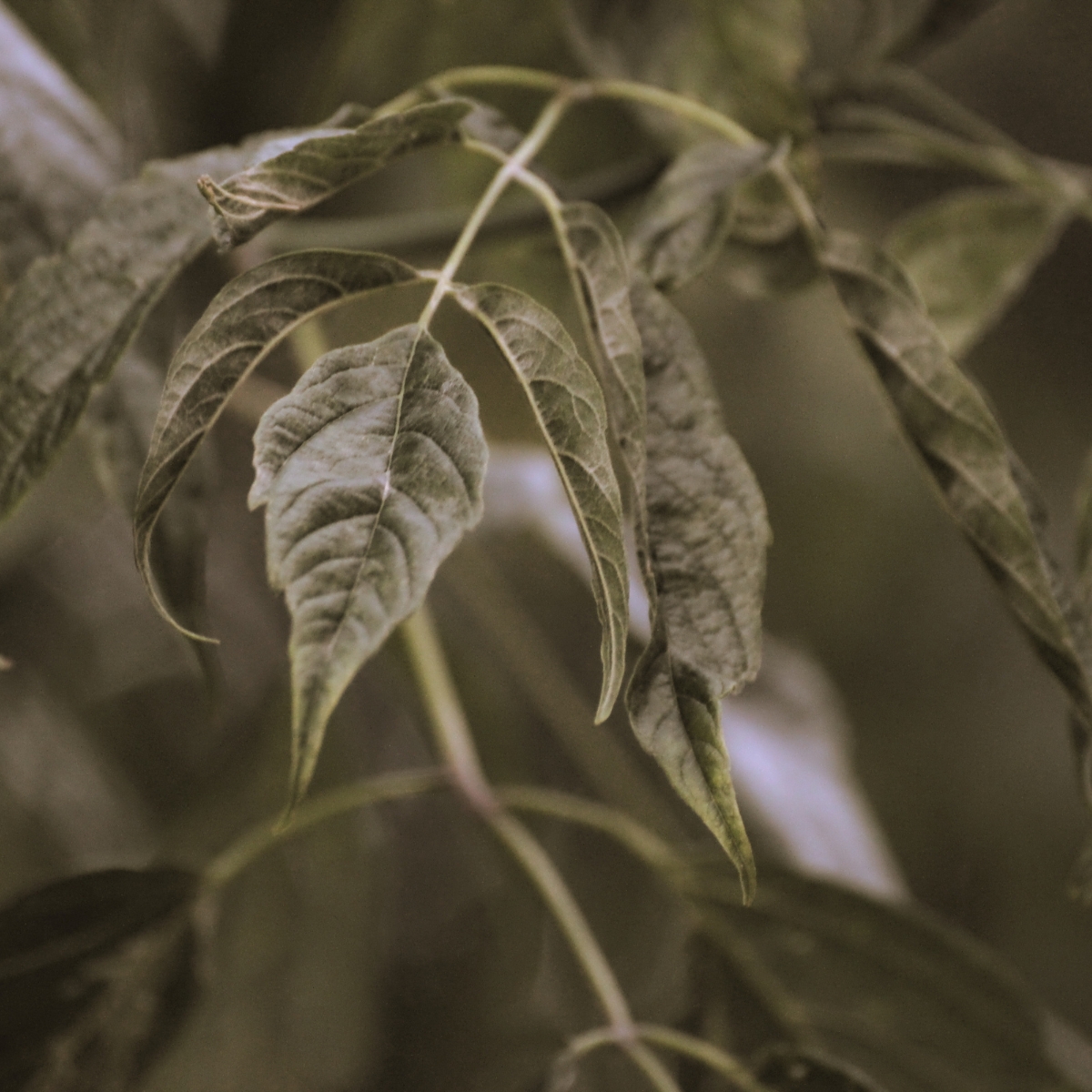Altingiaceae, it SOUNDS difficult but it’s actually a small species of flowering plants.
Altingiaceae is a small family of trees in the order Saxifragales, consisting of only 5 species in 1 genus, often cultivated as ornamentals. They’re also known as wingnuts for their nut-like fruit, which are wind-pollinated and contain numerous seeds. They naturally occur in the Americas, the eastern Mediterranean, and Asia.
In this article, I’ll tell you all about them and their history.

In this post we'll cover:
The Taxonomic History of Altingiaceae
The Name
It’s a bit of a mystery who first coined the term Altingiaceae, but it’s believed to have been either John Lindley in 1846 or Paul F. Horaninov in 1841.
The Acceptance
In the 19th and 20th centuries, Altingiaceae wasn’t a widely accepted family. Most experts lumped it in with Hamamelidaceae, and some still do today.
The 21st Century
But thanks to molecular phylogenetic studies, we now know that Altingiaceae is its own unique family. It’s part of a clade that includes Cercidiphyllaceae, Daphniphyllaceae, Hamamelidaceae, and Paeoniaceae.
The Origin of the Name
Altingiaceae is named after the genus Altingia, which is now a synonym for Liquidambar. This genus was named after Willem Arnold Alting, who was the Governor-General of the Dutch East Indies when Noronha visited Java.
The Fascinating History of Altingiaceae
A Long-Standing Lineage
Altingiaceae have been around for a long time! They’ve been fossilized since the Cretaceous Period, which was around 90 million years ago. That’s way before the dinosaurs went extinct! Since then, they’ve been spread out all over the place, but now they’re mostly found in one spot.
A Recent Crown Group
The crown group of Altingiaceae is much more recent, popping up in the Eocene Epoch, which was only 40 million years ago. That’s like a blink of an eye in geological time!
What Does This Mean?
So what does all this mean? Well, it means that Altingiaceae have been around for a while and have seen a lot of changes in the world. They’ve been around since the time of the dinosaurs and have managed to stick around until now. That’s pretty impressive!
The Fascinating World of Altingiaceae
The Single Genus Liquidambar
The Altingiaceae family is like a box of chocolates, you never know what you’re gonna get! Well, actually, you do know what you’re gonna get – 15 species of Liquidambar! That’s right, Liquidambar is the only genus in the family, and it’s been around for a while.
The Paraphyletic Altingia and Liquidambar
It turns out that Altingia and Liquidambar are related, but not in the way you’d expect. It’s been discovered that Semiliquidambar is actually a hybrid of species from both Altingia and Liquidambar. Who knew?
The Species are Closely Related
It’s no surprise that the species of Liquidambar are closely related, and it’s likely that the distinctions between them are artificial. That’s right, even though they look different, they’re actually all the same!
So, if you’re looking for a family of plants that are interesting, diverse, and closely related, look no further than Altingiaceae!
A Taxonomic Overview of Altingiaceae
Nine New Combinations
Are you a plant enthusiast looking to learn more about Altingiaceae? You’ve come to the right place! This article will give you a taxonomic overview of the family and introduce you to nine new combinations.
So, what is Altingiaceae? It’s a family of flowering plants that includes the sweetgum tree, the tuliptree, and the basswood tree. These trees are found in temperate and subtropical regions of the world.
Now, let’s take a look at the nine new combinations. Here they are:
- Altingia excelsa
- Altingia noronha
- Altingia oblongifolia
- Altingia orientalis
- Altingia palembanica
- Altingia pauciflora
- Altingia rubra
- Altingia siamensis
- Altingia yunnanensis
These nine new combinations are sure to excite plant enthusiasts and botanists alike! So, if you’re looking to add some new species to your collection, these nine new combinations should be at the top of your list.
So, there you have it! A taxonomic overview of Altingiaceae and nine new combinations to explore. Get out there and start exploring!
Conclusion
Altingiaceae is fascinating and you can find it just about all over the world, but you may know them as wingnut trees.
Whether you’re looking for a unique ornamental tree for your garden or want to use its wood for crafts, Altingiaceae is a GREAT choice.

